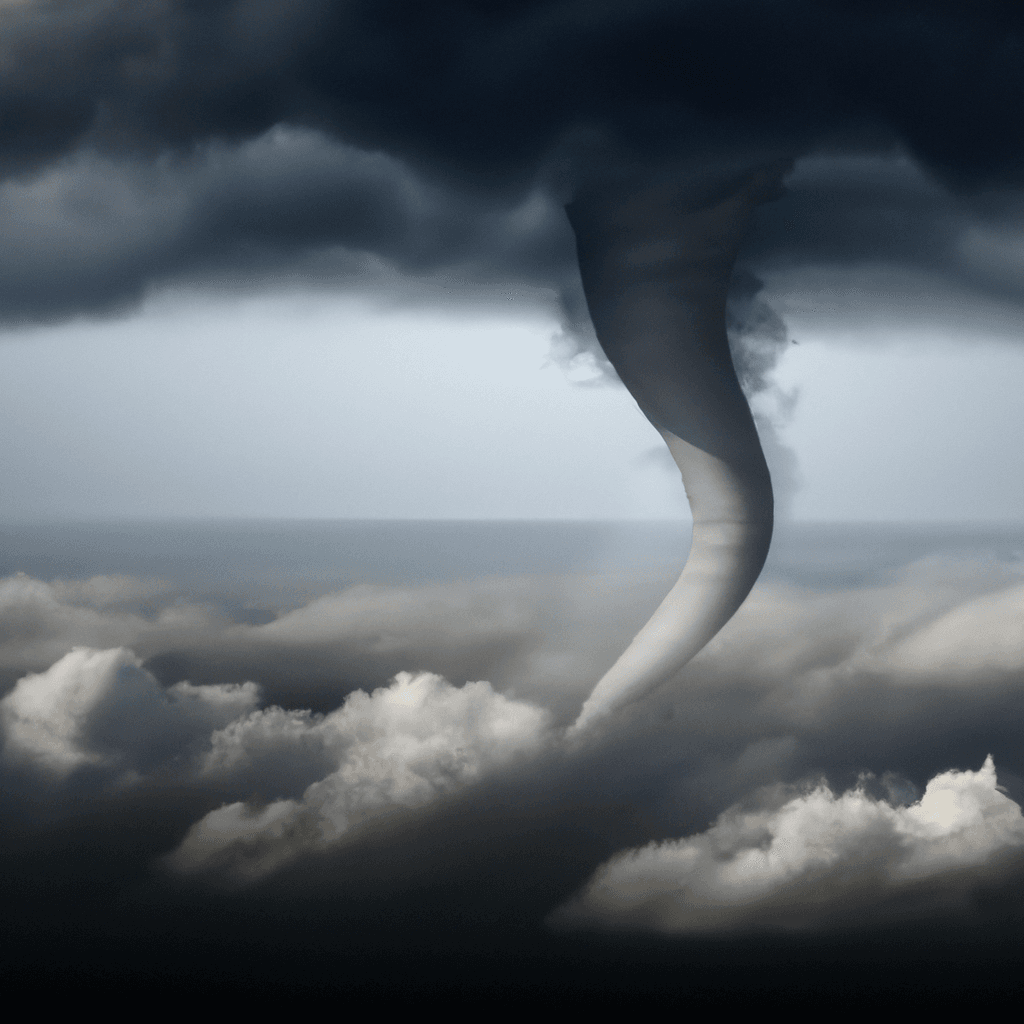Understanding Tornadoes: Nature's Most Powerful Storms
What You Need to Know About Tornadoes and How to Stay Safe

Tornadoes are among the most powerful and destructive weather phenomena on the planet. They form from severe thunderstorms and can produce winds exceeding 300 miles per hour, capable of obliterating whole communities in mere seconds. Understanding tornadoes is crucial not just for meteorologists, but for anyone living in tornado-prone areas.
What is a Tornado?
A tornado is a rapidly rotating column of air that extends from a thunderstorm to the ground. They are categorized using the Enhanced Fujita (EF) scale, which rates tornadoes from EF0 (weak) to EF5 (incredible), based on the damage they cause.
How Do Tornadoes Form?
Tornadoes typically develop in severe thunderstorms, particularly supercells, which possess a rotating updraft called a mesocyclone. Key ingredients for tornado formation include warm, moist air at the surface, cool, dry air aloft, and wind shear.
Signs of an Approaching Tornado
Being aware of the signs of an impending tornado can save lives. Look for:
- Dark, greenish skies
- Large, low-lying clouds
- Frequent lightning
- A loud roar, similar to a freight train
Safety Measures
Here are essential safety measures to take if a tornado warning is issued:
- Seek shelter immediately in a small, windowless interior room on the lowest floor of your building.
- If outside, find a low-lying area like a ditch and lie flat to protect your head.
- Stay tuned to local news or weather radios for updates.
Conclusion
Tornadoes are unpredictable and can strike with little warning. Educating yourself and having a safety plan in place will increase your chances of staying safe during severe weather. Stay alert, stay informed, and never underestimate the power of nature.